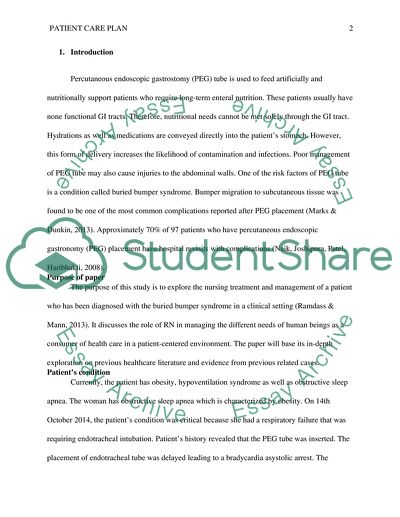Cite this document
(“Patient Care Plan Assignment Example | Topics and Well Written Essays - 3750 words”, n.d.)
Patient Care Plan Assignment Example | Topics and Well Written Essays - 3750 words. Retrieved from https://studentshare.org/nursing/1697909-patient-care-plan
Patient Care Plan Assignment Example | Topics and Well Written Essays - 3750 words. Retrieved from https://studentshare.org/nursing/1697909-patient-care-plan
(Patient Care Plan Assignment Example | Topics and Well Written Essays - 3750 Words)
Patient Care Plan Assignment Example | Topics and Well Written Essays - 3750 Words. https://studentshare.org/nursing/1697909-patient-care-plan.
Patient Care Plan Assignment Example | Topics and Well Written Essays - 3750 Words. https://studentshare.org/nursing/1697909-patient-care-plan.
“Patient Care Plan Assignment Example | Topics and Well Written Essays - 3750 Words”, n.d. https://studentshare.org/nursing/1697909-patient-care-plan.


